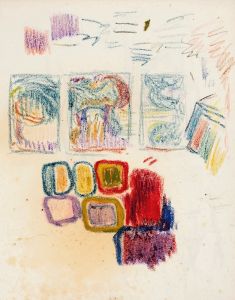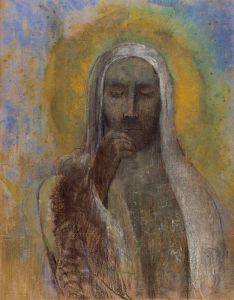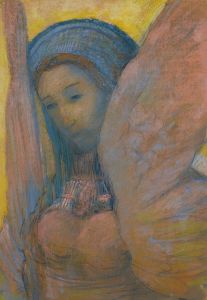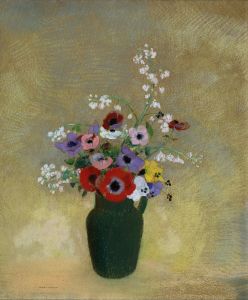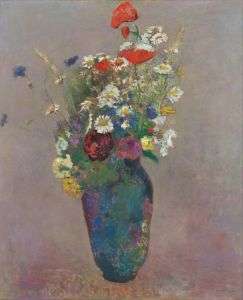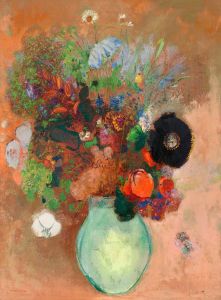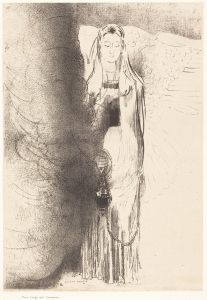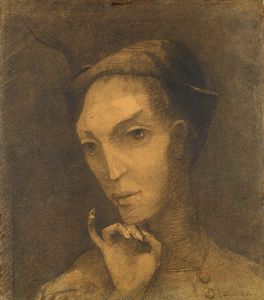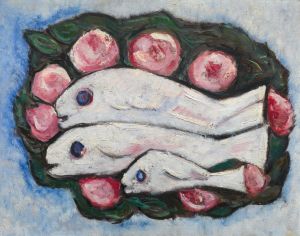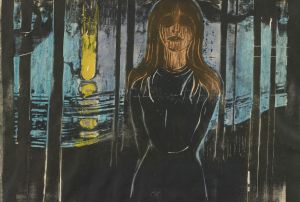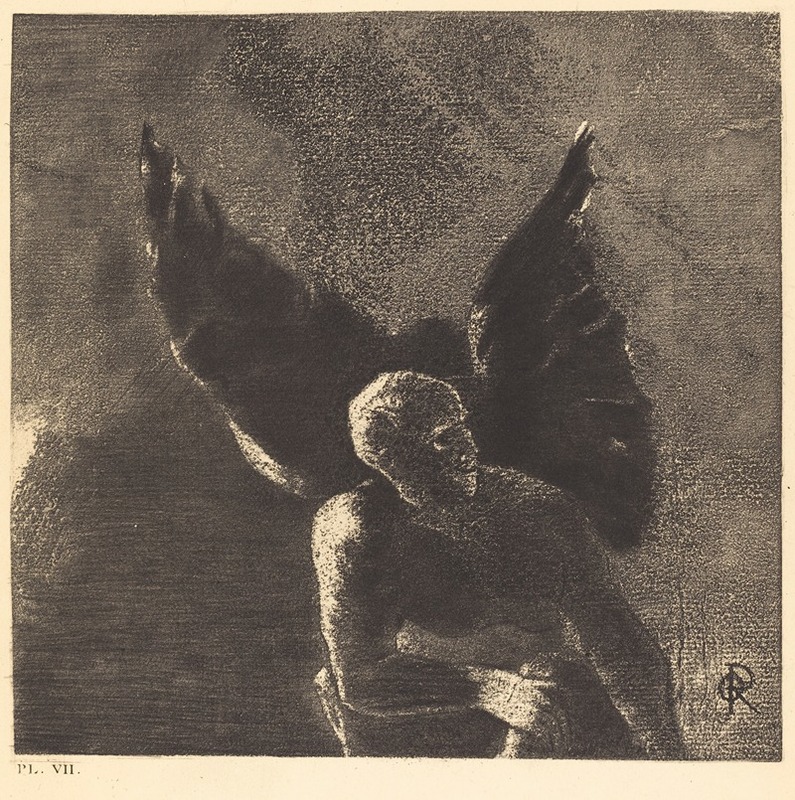
Gloire et louange a toi, satan, dans les hauteurs du ciel ou tu regnas, et dans les profondeurs de l’enfer, ou vaincu, tu reves en silence!
A hand-painted replica of Odilon Redon’s masterpiece Gloire et louange a toi, satan, dans les hauteurs du ciel ou tu regnas, et dans les profondeurs de l’enfer, ou vaincu, tu reves en silence!, meticulously crafted by professional artists to capture the true essence of the original. Each piece is created with museum-quality canvas and rare mineral pigments, carefully painted by experienced artists with delicate brushstrokes and rich, layered colors to perfectly recreate the texture of the original artwork. Unlike machine-printed reproductions, this hand-painted version brings the painting to life, infused with the artist’s emotions and skill in every stroke. Whether for personal collection or home decoration, it instantly elevates the artistic atmosphere of any space.
Odilon Redon, a French symbolist painter, created the artwork titled "Gloire et louange à toi, Satan, dans les hauteurs du ciel où tu régnas, et dans les profondeurs de l’enfer, où vaincu, tu rêves en silence!" This title translates to "Glory and praise to you, Satan, in the heights of heaven where you reigned, and in the depths of hell, where, defeated, you dream in silence!" The piece is part of Redon's broader body of work that often delved into themes of spirituality, mythology, and the fantastical.
Redon was born on April 20, 1840, in Bordeaux, France, and he became known for his unique style that combined elements of realism and fantasy. His works frequently explored the boundaries between the visible and the invisible, the real and the imagined. Redon's art was heavily influenced by his interest in literature, philosophy, and the natural sciences, which is evident in the symbolic and often enigmatic nature of his pieces.
The artwork in question reflects Redon's fascination with the darker and more mysterious aspects of existence. The invocation of Satan in the title suggests a complex relationship with themes of rebellion, fall from grace, and the duality of good and evil. This is consistent with the symbolist movement's interest in exploring the deeper, often hidden meanings behind human experience and the natural world.
Redon's technique often involved the use of charcoal and lithography, which allowed him to create intricate and detailed images with a dreamlike quality. His use of color, when he did employ it, was typically subtle and served to enhance the ethereal and otherworldly atmosphere of his works. The specific medium and dimensions of "Gloire et louange à toi, Satan" are not widely documented, but it is known that Redon frequently worked on paper and canvas.
Throughout his career, Redon was associated with several literary and artistic figures of his time, including the poet Charles Baudelaire, whose works also explored themes of beauty, decadence, and the supernatural. Baudelaire's influence is evident in the title of Redon's artwork, which echoes the poet's fascination with Satan as a symbol of defiance and the complexities of the human soul.
Redon's work was not widely recognized during his early career, but he gained greater acclaim later in life, particularly after his association with the Nabis, a group of avant-garde artists who admired his innovative approach to art. Today, Redon's contributions to the symbolist movement and his unique artistic vision are celebrated, and his works are held in numerous prestigious collections around the world, including the Musée d'Orsay in Paris and the Museum of Modern Art in New York.
In summary, "Gloire et louange à toi, Satan" by Odilon Redon is a compelling example of the artist's exploration of symbolic and mystical themes. Through his distinctive style and imaginative approach, Redon invites viewers to contemplate the profound and often unsettling aspects of existence, making his work a significant contribution to the symbolist movement and the broader history of art.





